If you are curious about the electrical connections of large restaurant kitchens, you may be wondering: how different are the connections compared to my kitchen at home? Are there other specific electrical connections required that a home kitchen wouldn’t need?
There are actually quite a few differences in the connections and the way they are set up. Locking plugs are a necessity. This ensures all the appliances don’t accidentally come unplugged, possibly ruining a dish or slowing down the kitchen during peak hours.
Different kitchens may use different variations of these locking plugs and outlets. This video will cover a couple of different connections and what they are most often used for. You will also learn about a cable management technique which keeps commercial kitchens running smoothly.
If you have any further questions about the connections you need for your restaurant or need to adapt to a current connection, please reach out to us with a text, phone call, or email.
Like, comment, and subscribe to see more videos just like this one. Shoot us an email if there is a topic you would like to see us cover. Thank you for watching!
AC Connectors strives to provide power solutions to its customers since its founding in 2015. From our headquarters (Oak Creek Wisconsin, USA), we provide solutions worldwide and work efficiently to ship our AC WORKS® brand products out quickly, especially to those struck by natural disasters.

Home Page: https://acworks.com/
Facebook: https://www.facebook.com/acworksconnectors/
Twitter: https://twitter.com/AC_Connectors
Instagram: https://www.instagram.com/acconnectors/
Pinterest: https://www.pinterest.com/acworksmarketinggmailcom/boards/



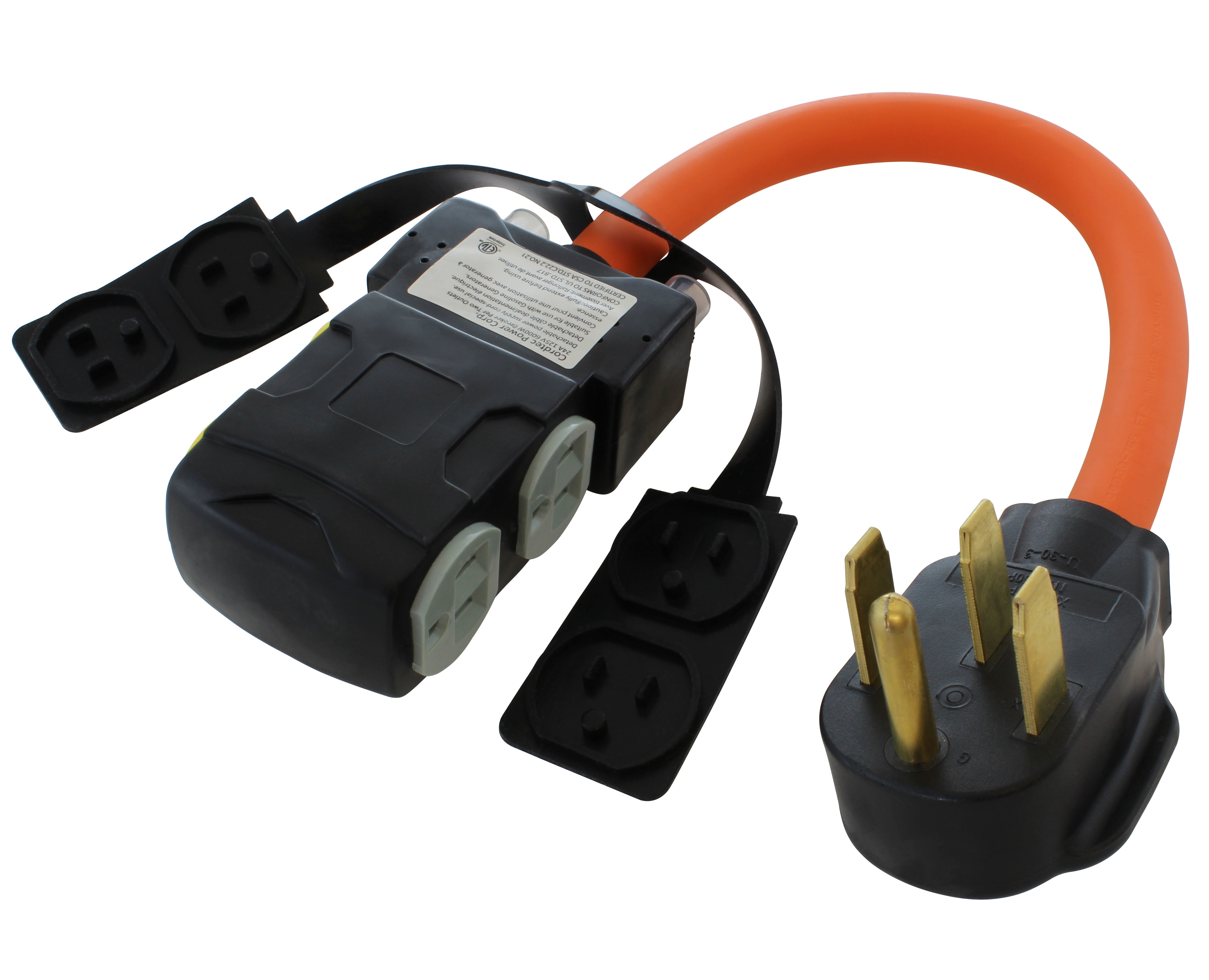
![AC WORKS® [ASINSS2PBX-G] 50A Locking 4-Wire CS6375/ SS2-50 Heavy-Duty Transfer Switch Inlet Box](http://acworks.com/cdn/shop/files/ASINSS2PBX-0_0206b362-7c90-42a5-8754-0685c13dab7e.jpg?v=1758051675&width=2500)

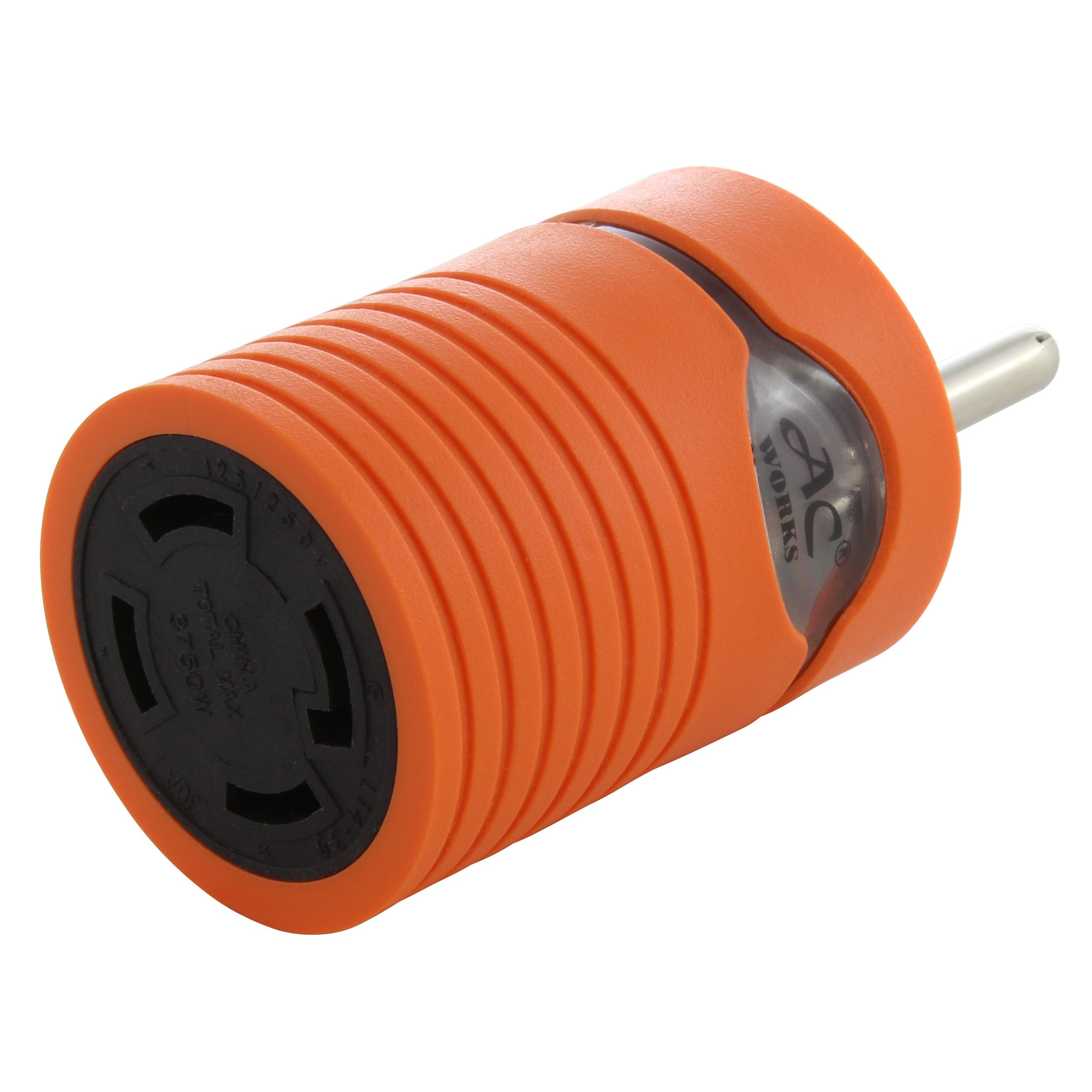
![AC WORKS® [S1430CBF520] 1.5FT 14-30P 4-Prong Dryer Plug to (4) Household Outlets with 24A Breaker](http://acworks.com/cdn/shop/products/S1430CBF520.jpg?v=1666103519&width=4656)
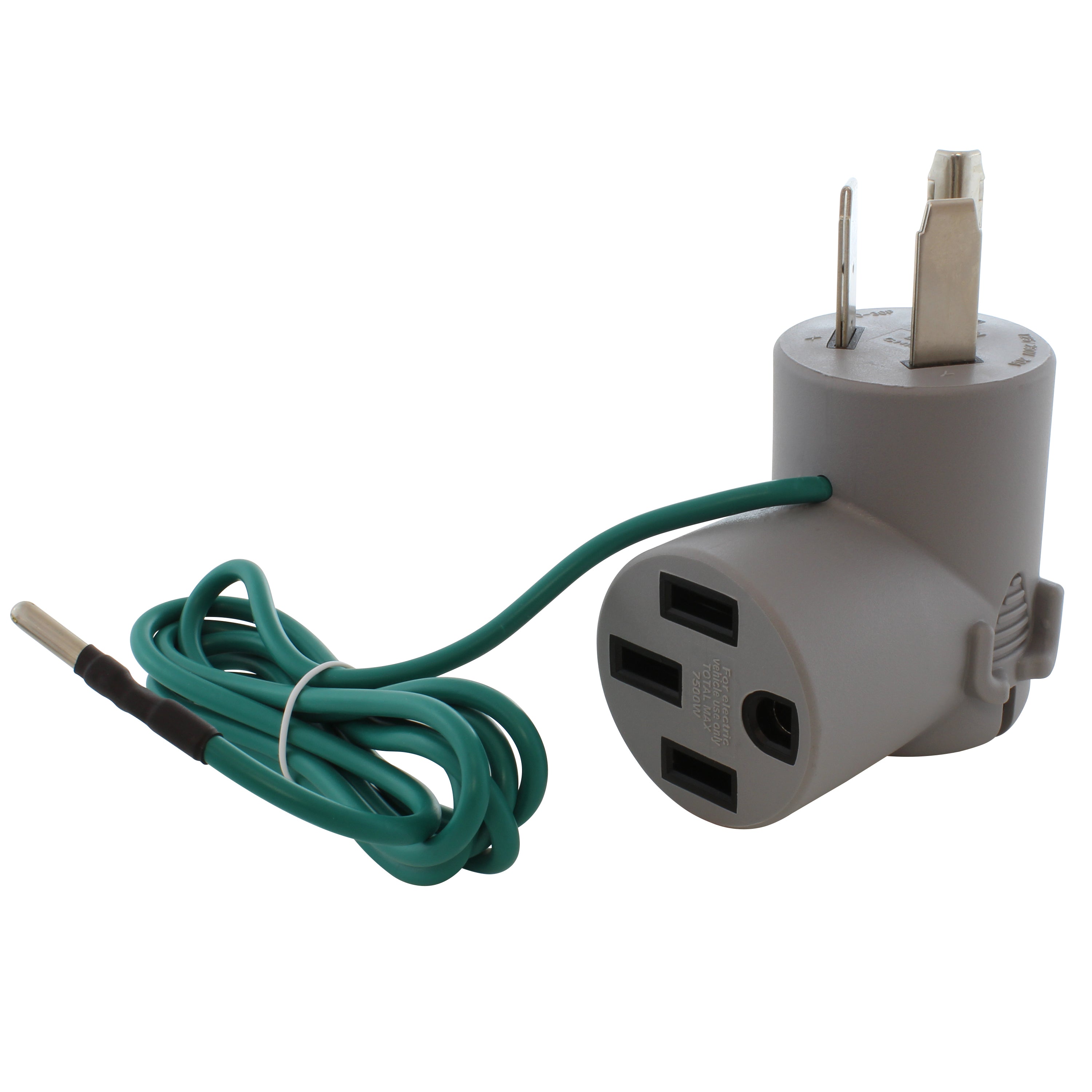
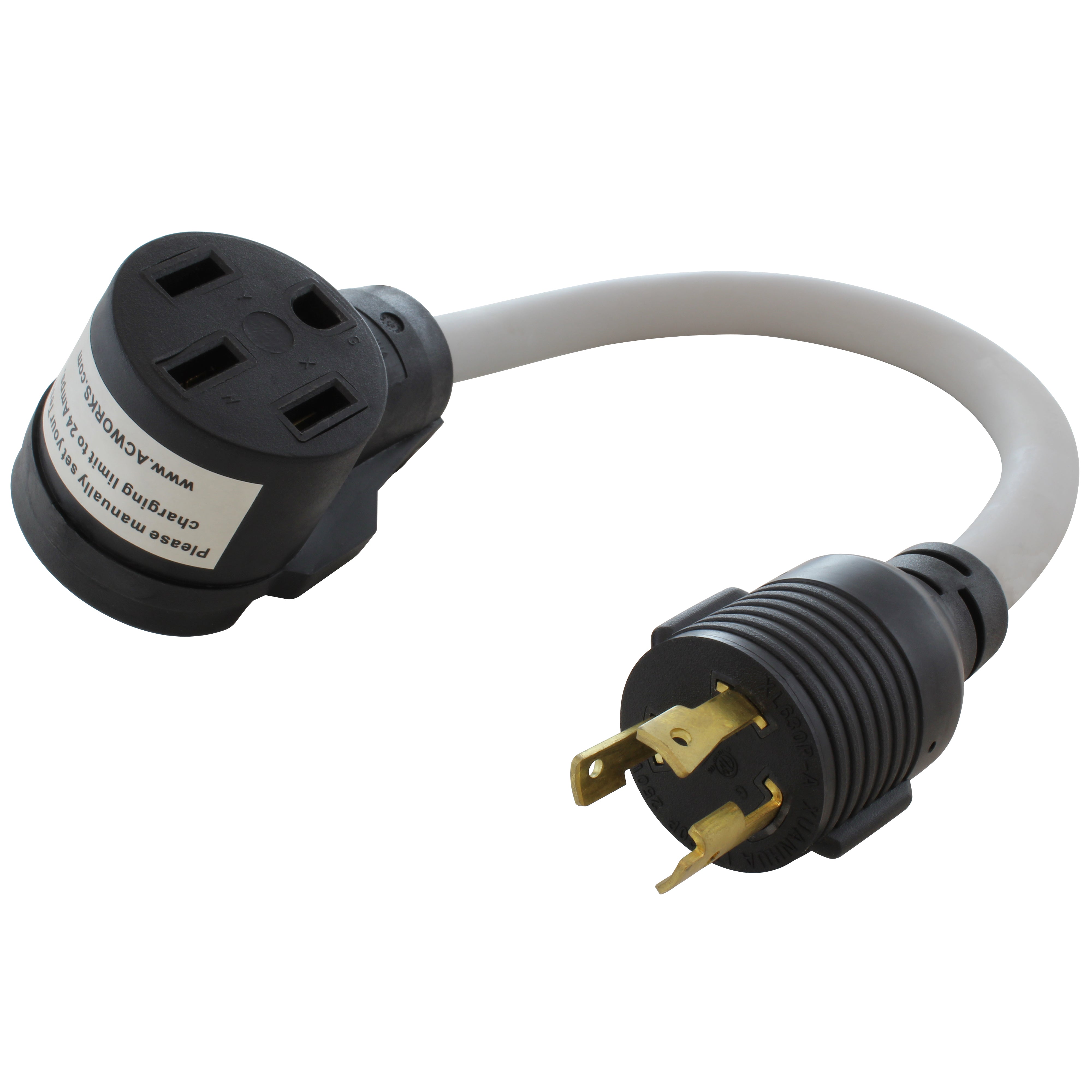
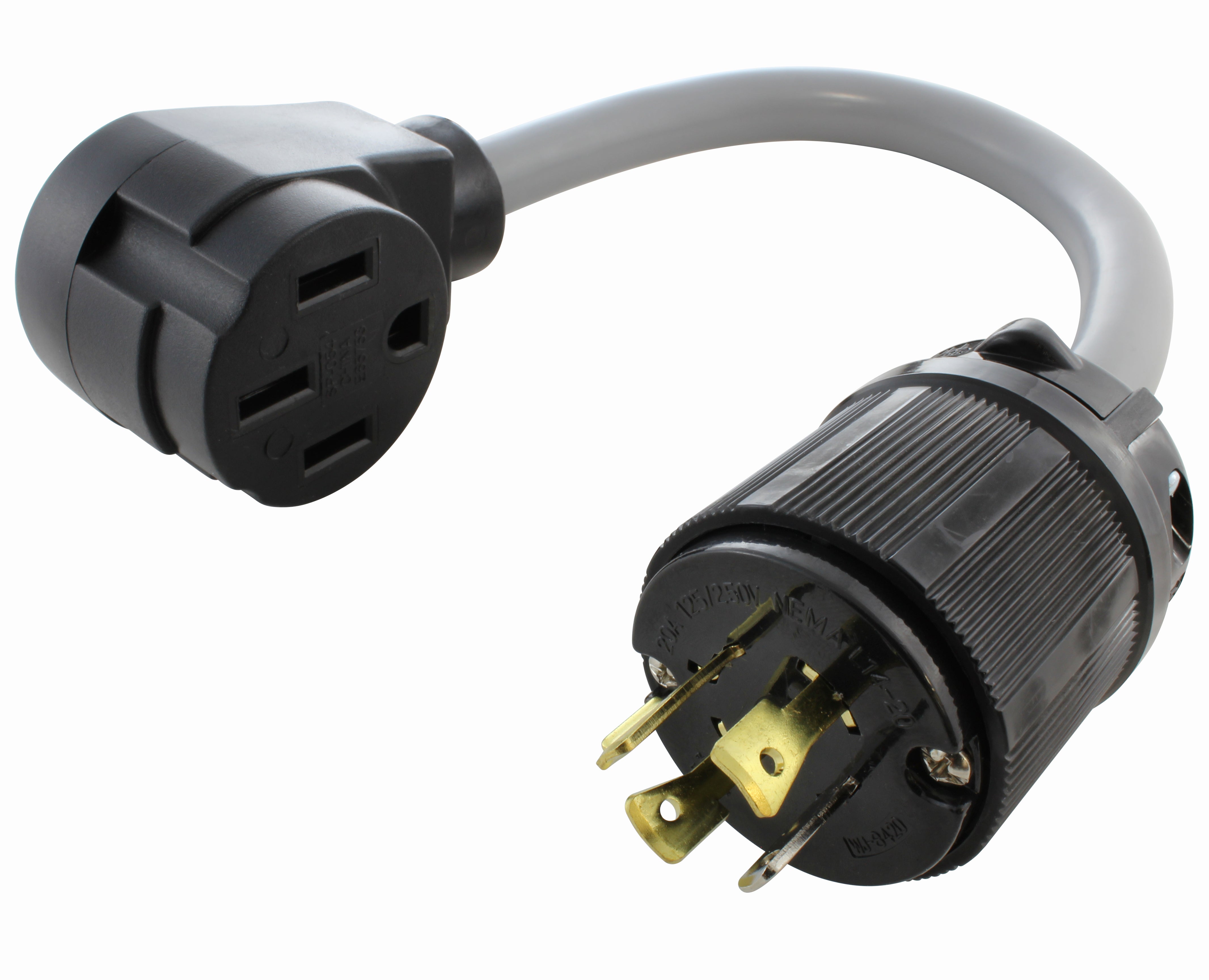

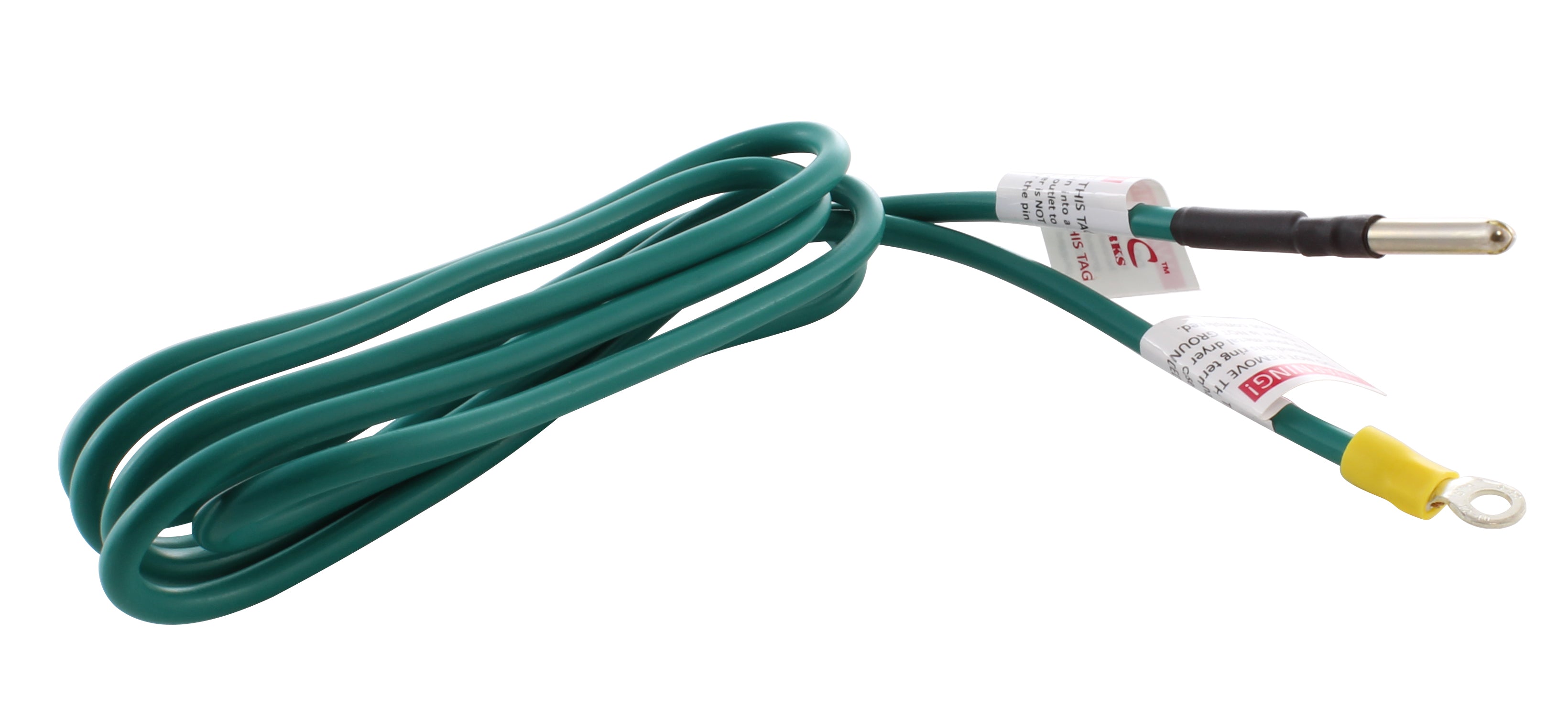

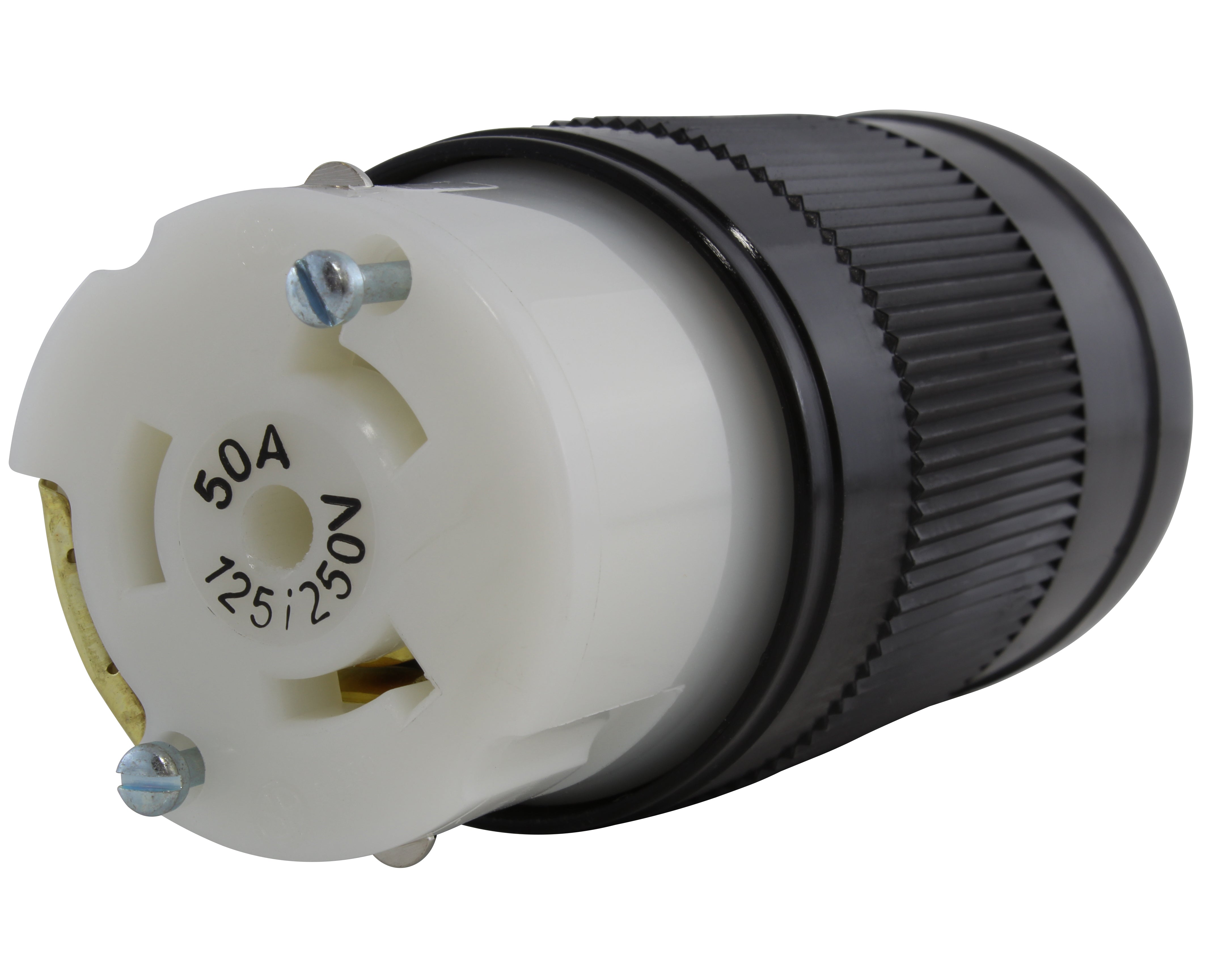

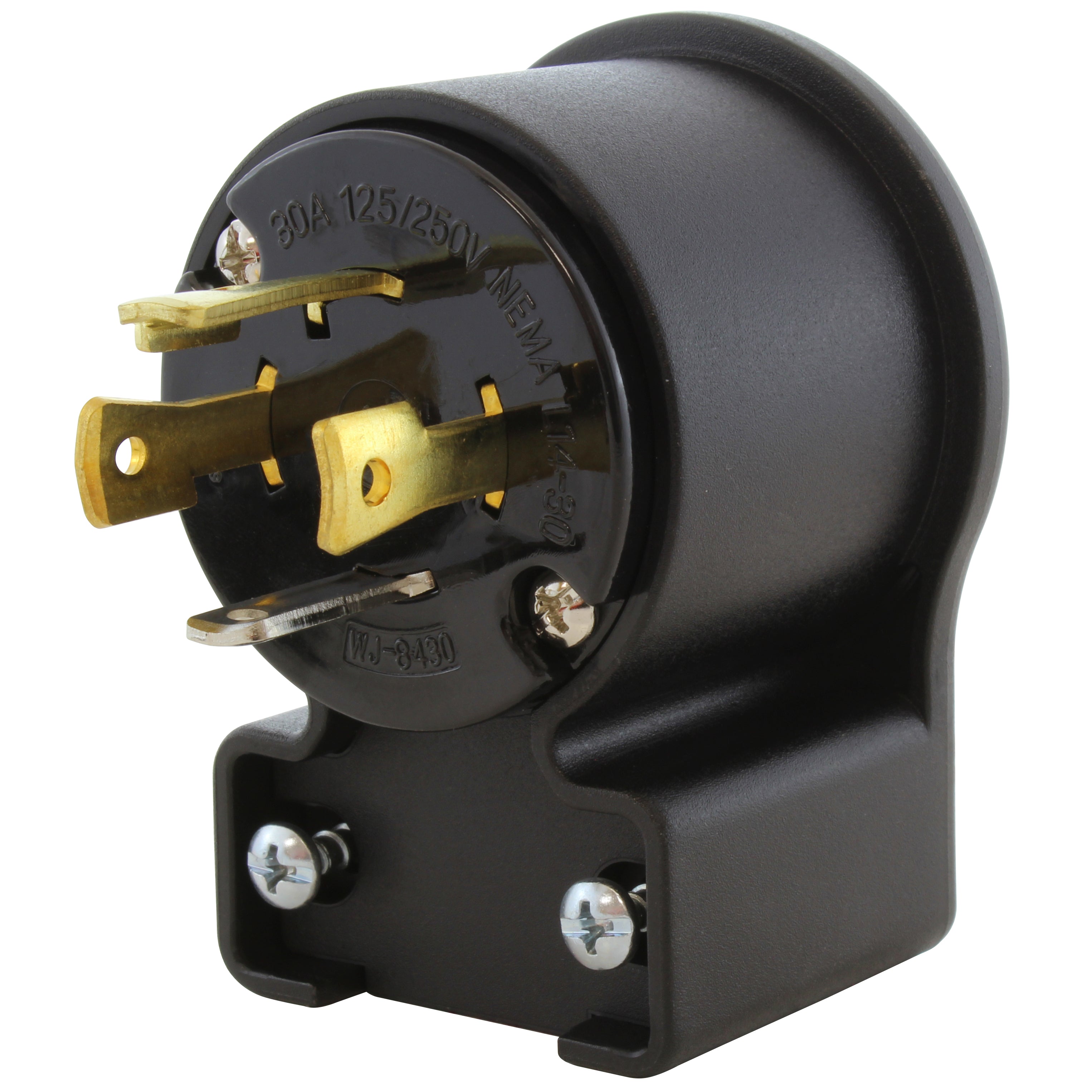
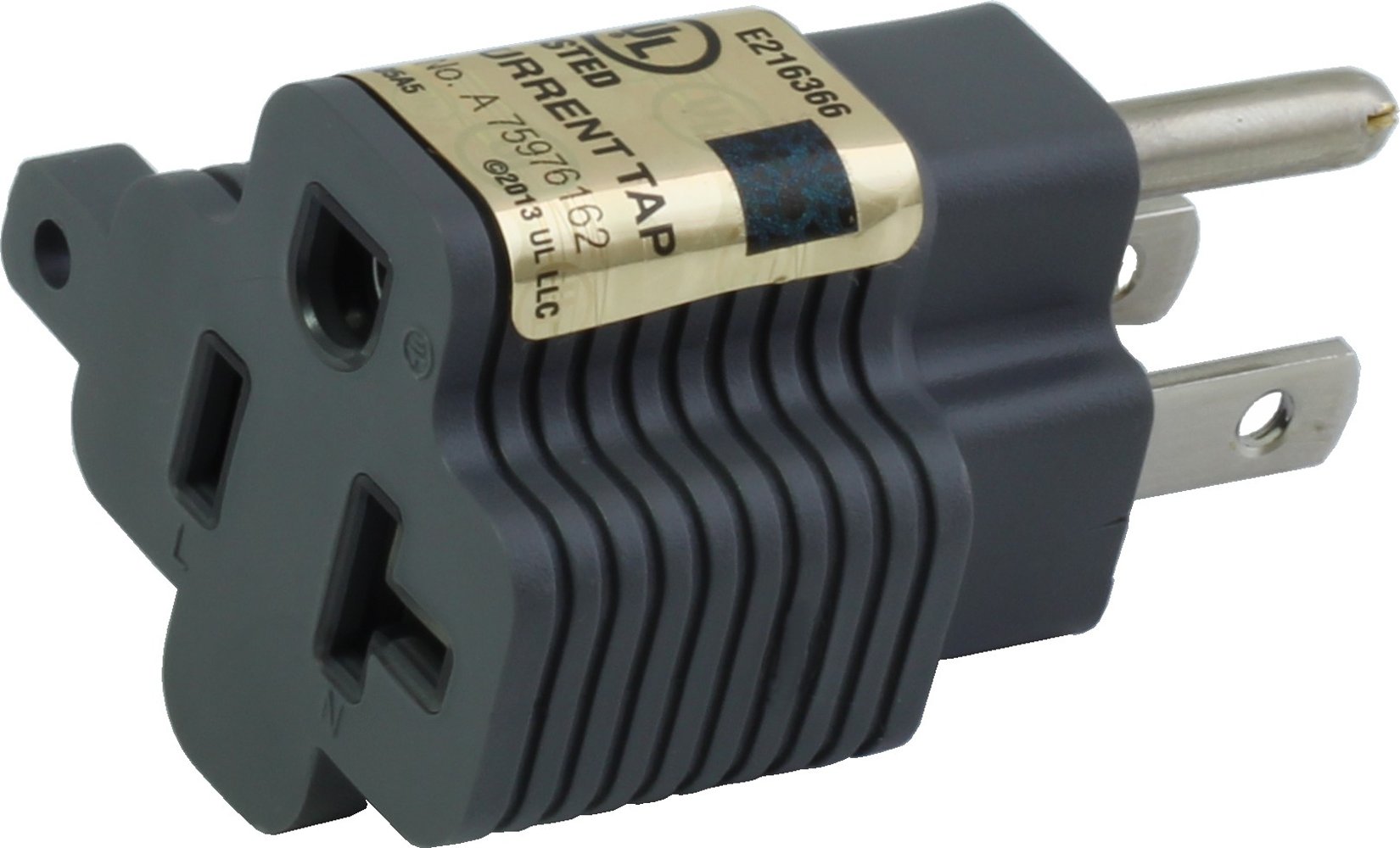
![AC WORKS® [ADV104] 3-Prong Heavy-Duty V-DUO Household Outlet Adapter](http://acworks.com/cdn/shop/products/ADV104-0.jpg?v=1605738768&width=3128)
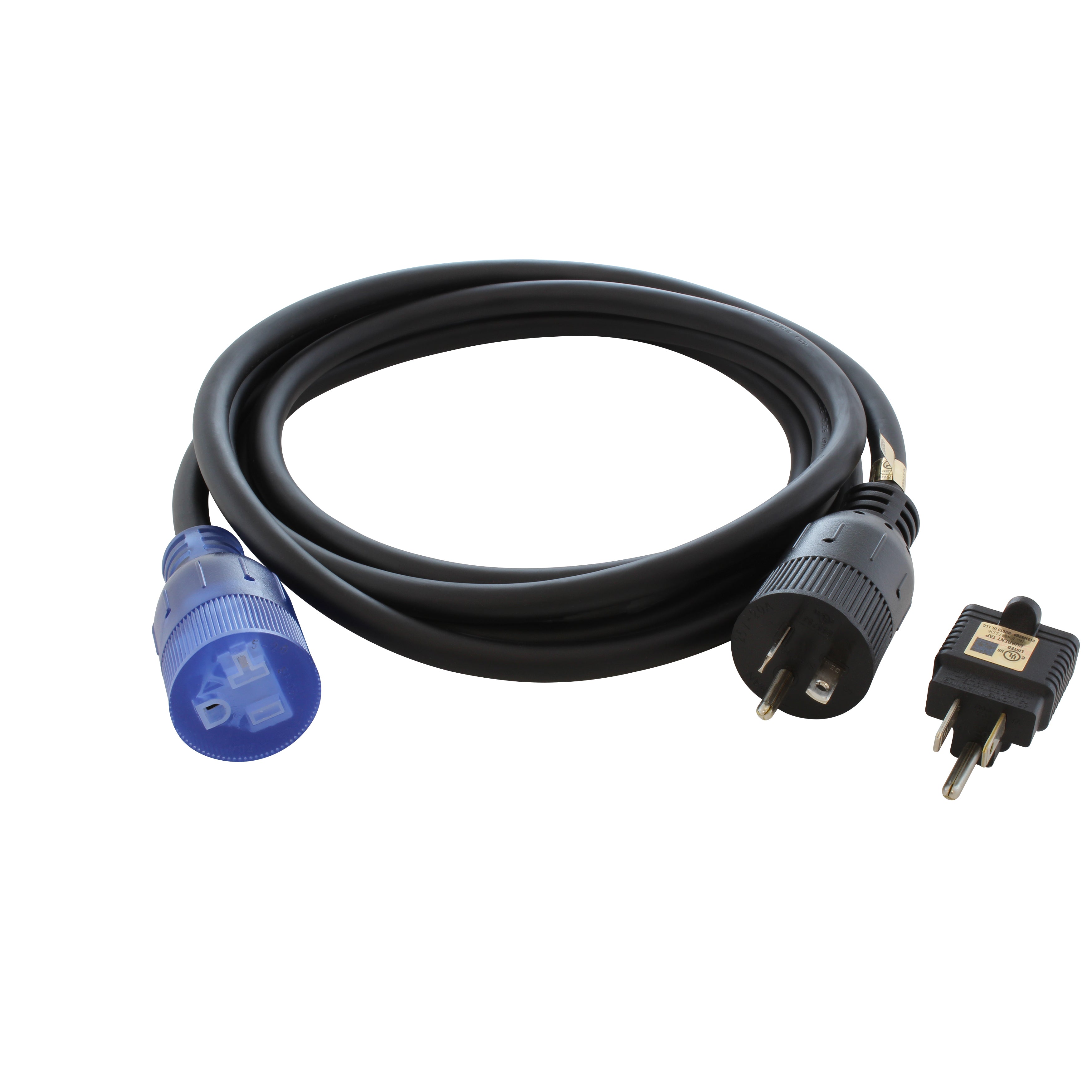
![AC WORKS® [XH515520] 15A to 15/20A 125 Volt Plug Adapter with ETL Safety Approval](http://acworks.com/cdn/shop/files/XH515520-0_daea425a-f439-48df-bb75-052167057f12.jpg?v=1729091519&width=2500)
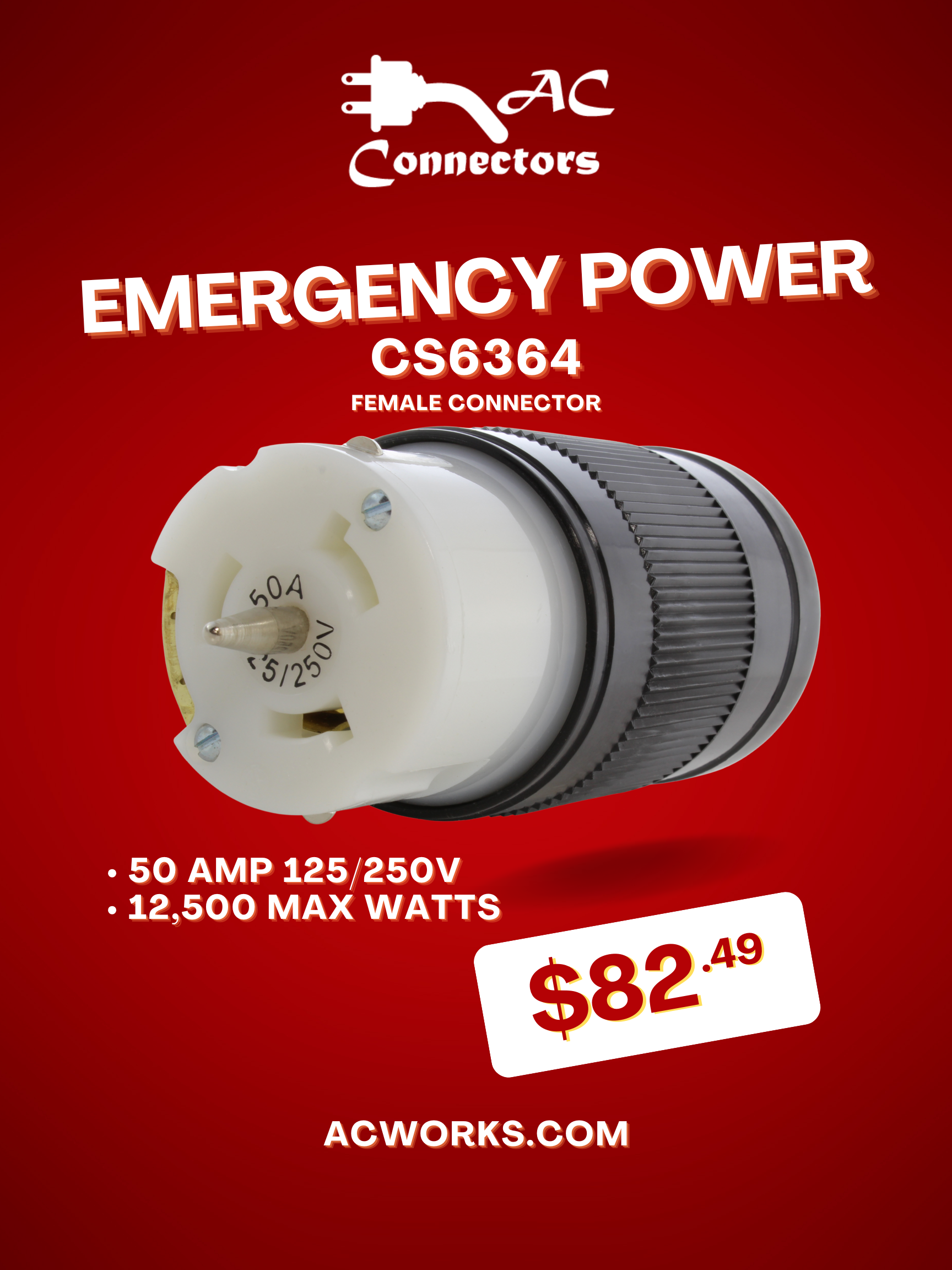


Share:
AC WORKS® Wisdom: What's the Difference Between NEMA 6-50 and NEMA TT-30?
AC WORKS® Wisdom: How to Power Swimming Pool Pumps